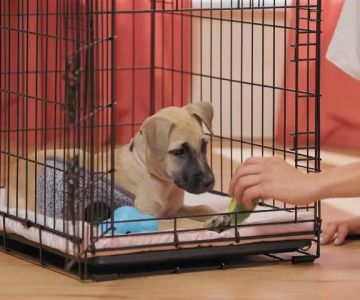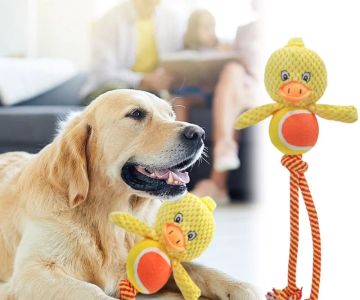1. Understanding Food-Related Anxiety in Pets
Pet owners often wonder if their dog or cat’s sudden nervous behavior could be linked to diet. Anxiety in pets can indeed be influenced by certain foods, though it is often overlooked. Just like in humans, some ingredients may affect neurotransmitters or cause digestive discomfort that manifests as nervousness or irritability.
For example, high-sugar snacks or certain artificial additives can spike energy levels in dogs, followed by a sudden crash, creating restlessness or anxiety. Cats, being highly sensitive creatures, may react to foods with excessive dairy or additives, leading to jittery behavior or hiding.
2. Common Food Triggers That May Increase Anxiety
2.1 Caffeine and Chocolate
Chocolate contains theobromine, which can overstimulate the nervous system in dogs and cats. Even small amounts may cause restlessness, pacing, or in severe cases, trembling. Coffee or caffeinated beverages have similar effects and should always be avoided.
2.2 Artificial Additives and Preservatives
Many commercial pet foods contain artificial colors, flavors, or preservatives. These can disrupt normal gut function or trigger hypersensitivity, leading to increased anxiety-like behavior. For instance, a dog named Max began pacing and whining after switching to a new brand of kibble high in artificial preservatives. Once the diet was adjusted, his behavior gradually returned to normal.
2.3 High Sugar and Carbohydrate Diets
Excessive sugars and simple carbohydrates can cause spikes in blood glucose, followed by sudden drops, affecting mood and energy levels. Owners often notice their pets becoming hyperactive shortly after eating sugary treats, then lethargic and anxious as the effect fades.
3. Symptoms of Anxiety Triggered by Food
Identifying food-related anxiety can be challenging because symptoms overlap with other stressors. Key signs include:
- Restlessness or pacing after meals
- Excessive grooming or licking
- Vocalizations such as whining or meowing
- Hiding or avoiding interaction
- Changes in appetite or digestive upset
Recognizing these patterns helps owners differentiate between behavioral triggers and dietary influences.
4. How to Manage and Reduce Anxiety Through Diet
4.1 Gradual Dietary Adjustments
Sudden changes can increase stress. Gradually introducing high-quality, additive-free foods helps reduce anxiety. Start by mixing small amounts of new food with the old, gradually increasing over 7–10 days.
4.2 Incorporating Calming Ingredients
Some foods contain natural compounds that support nervous system balance, such as:
- Omega-3 fatty acids for brain health
- L-tryptophan and B vitamins for serotonin production
- Herbal supplements like chamomile or valerian (vet-approved)
These can be included in treats or regular meals after consulting a veterinarian.
4.3 Monitor and Track Behavior
Maintain a daily log of meals and behavior. Note any changes in anxiety symptoms after introducing new foods. This helps identify potential triggers and supports discussions with your veterinarian.
5. Case Study: Bella the Cat
Bella, a two-year-old domestic shorthair, began showing unusual hiding and excessive meowing after her owner switched her to a new commercial cat food high in artificial additives. After a careful review of her diet with Hidden Brook Veterinary, the food was replaced with a hypoallergenic, additive-free option. Within a week, Bella’s anxiety symptoms decreased significantly, demonstrating the direct impact diet can have on pet behavior.
6. When to Seek Professional Advice
Food-related anxiety can be subtle or severe. Consult a veterinarian if your pet displays prolonged restlessness, aggression, or digestive issues. Hidden Brook Veterinary offers personalized assessments and dietary recommendations to ensure pets remain calm and healthy.
7. Additional Tips for Supporting Anxious Pets
- Provide a consistent feeding schedule to stabilize energy levels
- Offer puzzle feeders to reduce boredom and stress
- Maintain a calm environment during meals
- Combine dietary management with behavioral enrichment and exercise
Addressing diet along with environmental factors provides a holistic approach to managing anxiety in pets.












